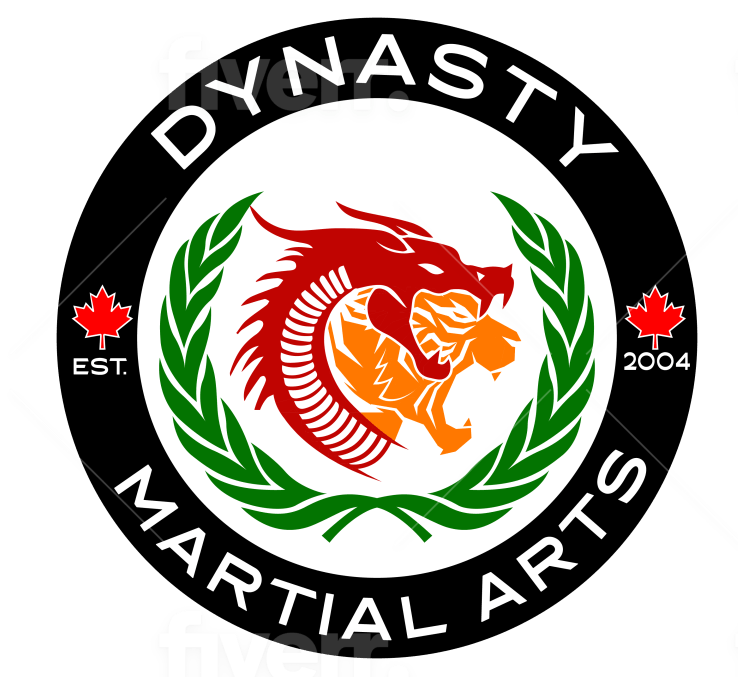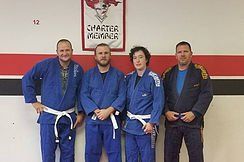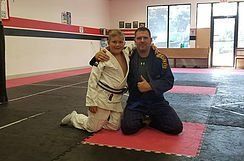BRAZILIAN
JIU-JITSU
Brazilian Jiu-jitsu, also known as BJJ, is a martial art and combat sport that focuses on ground fighting and grappling techniques. It was developed in Brazil in the early 20th century, based on traditional Japanese Jiu-jitsu.
BJJ emphasizes using leverage and technique to overcome larger and stronger opponents, making it a highly effective self-defense system. It also places a strong emphasis on physical fitness, mental discipline, and personal growth.
Training in BJJ typically involves learning a series of techniques and positions, including joint locks, chokes, and sweeps. Students also engage in sparring and rolling sessions, where they apply these techniques in live scenarios with training partners.
BJJ also includes a belt ranking system, with students progressing through various levels of skill and knowledge. The highest rank in BJJ is the black belt, which typically takes many years of dedicated training and practice to achieve.
Overall, Brazilian Jiu-jitsu is a highly effective martial art that emphasizes practical self-defense skills, physical fitness, and personal growth. It is suitable for people of all ages and skill levels, and has become increasingly popular as both a sport and a means of self-defense.
ADULTS
Brazilian
Jiu Jitsu
Brazilian Jiu-Jitsu (BJJ); is a martial art and combat sport system that focuses on grappling and especially ground fighting. Brazilian jiu-jitsu was formed from Kodokan judo ground fighting (newaza) fundamentals that were taught by a number of individuals including Takeo Yano, Mitsuyo Maeda, and Soshihiro Satake. Brazilian jiu-jitsu eventually came to be its own combat sport through the experiments, practices, and adaptation of judo and jujutsu through Carlos and Hélio Gracie(who passed their knowledge on to their extended family) as well as other instructors who were students of Maeda, such as Luiz França.
BJJ promotes the concept that a smaller, weaker person can successfully defend themselves or another against a bigger, stronger, heavier assailant by using proper technique, leverage, and most notably, taking the fight to the ground, and then applying joint locks andchokeholds to defeat the opponent. BJJ training can be used for sport grappling tournaments and in self-defense situations.[3]Sparring (commonly referred to as "rolling" within the BJJ community) and live drilling play a major role in training, and a premium is placed on performance, especially in competition, in relation to progress and ascension through its ranking system.
KIDS
Brazilian Jiu Jitsu (BJJ)
Provides children with the amazing benefits of jiu jitsu, instilling in them self-discipline, self-confidence, discipline, focus, endurance, strength, increased fitness level, coordination, good sportsmanship and self respect at an early age.
The class will show them how to defend themselves without injuring the opponent by using leverages to control.
(A Gi or Kimono is required for BJJ classes and must be white, blue, black or pink in colour)
OPEN MAT
Open Mat is an open time period with no instruction allowing members to work on any aspect of their game that they desire.
The mat is often split between a variety of students practicing Brazilian Jiu Jitsu Gi + No-Gi.
These classes are usually reserved for Sundays.




